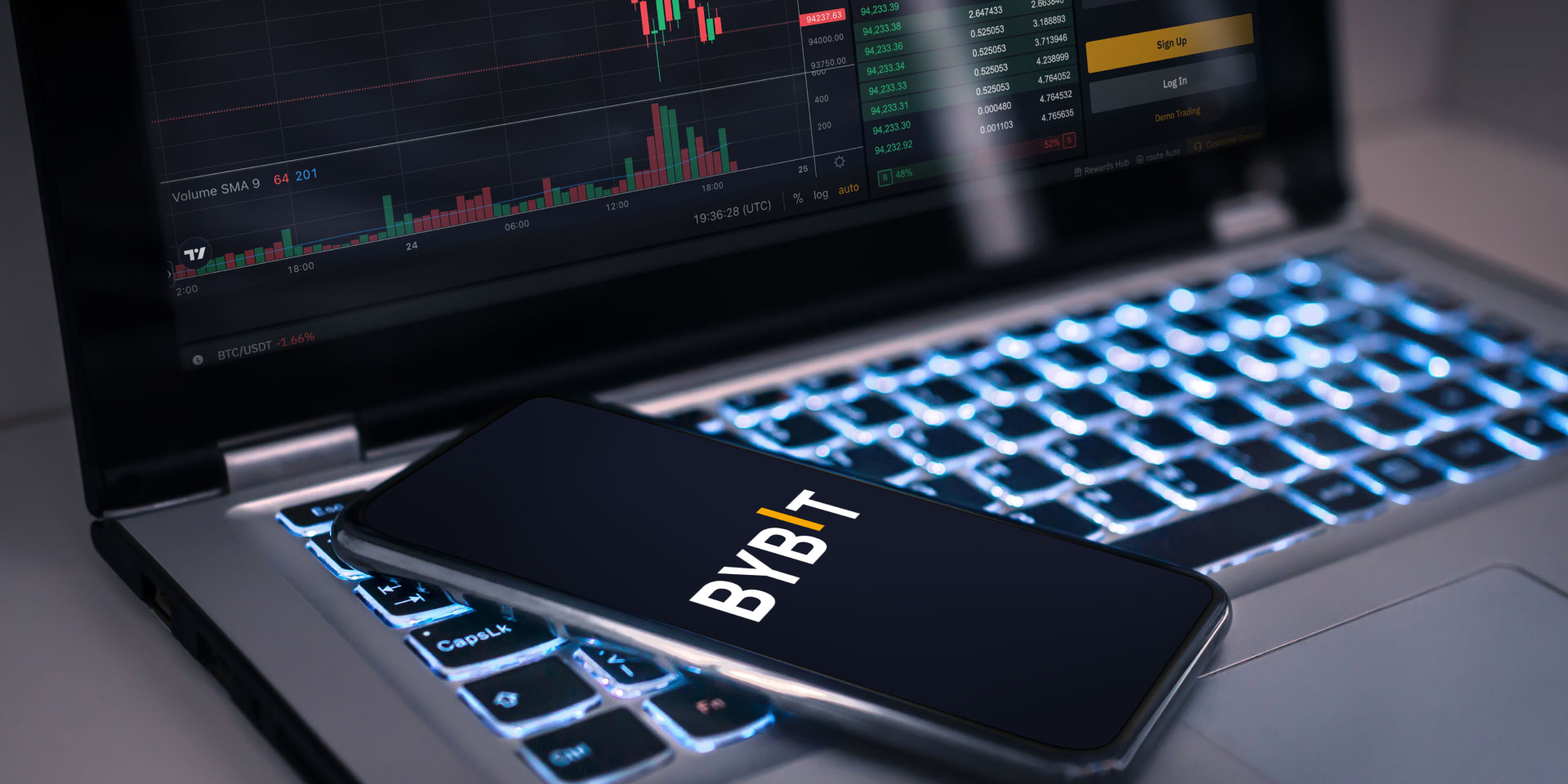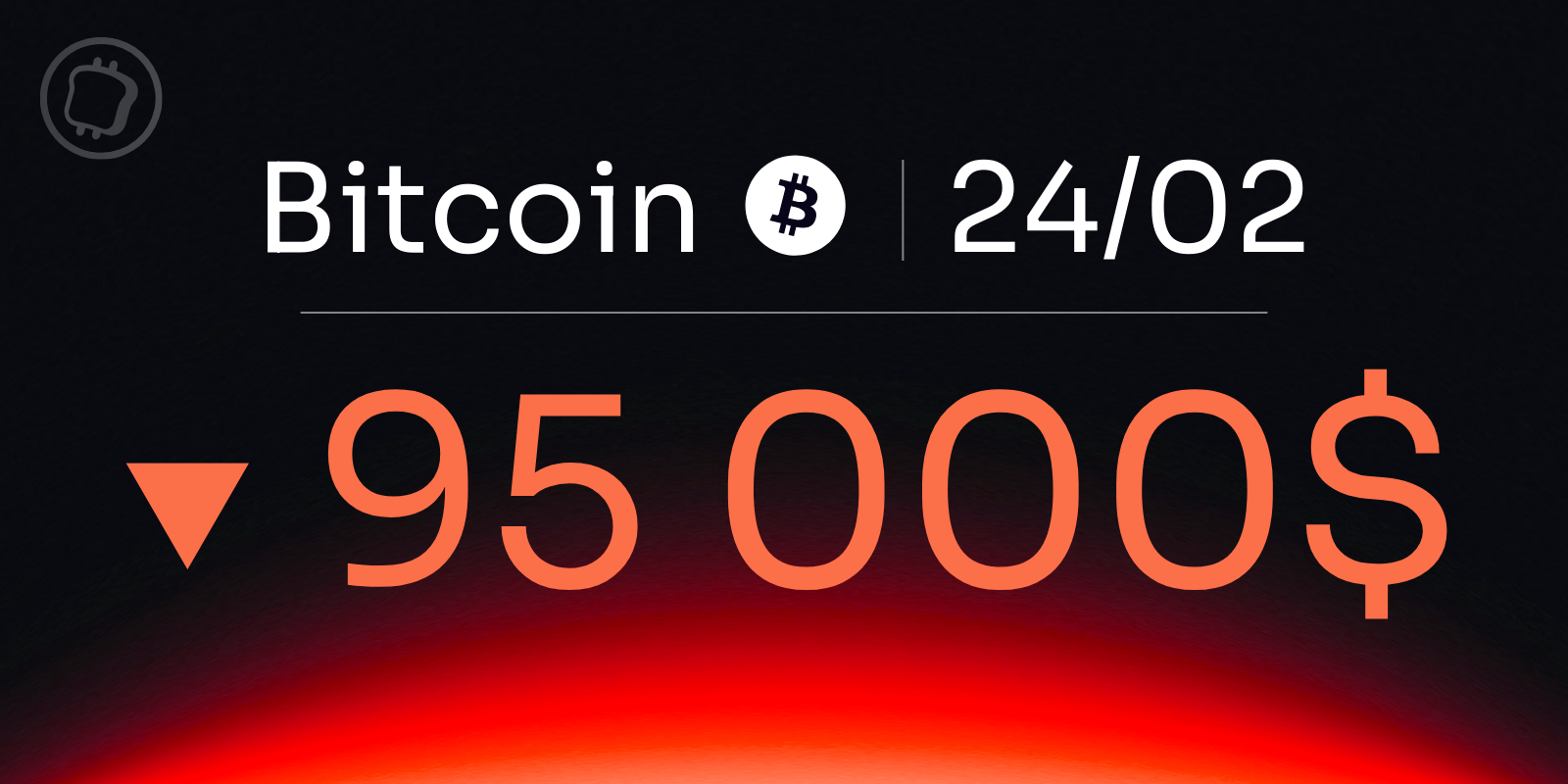Stablecoins are sometimes mentioned with regard to their “stability.” It’s often questioned whether or not a stablecoin is sufficiently backed with cash or different property. Undoubtedly, it’s a crucial side of stablecoin worth. However, does it make sense if the authorized phrases of a stablecoin don’t give you, the stablecoin holder, the authorized right to redeem that digital report on blockchain for fiat foreign money?
This text goals to look into the authorized phrases of the two largest stablecoins — Tether (USDT) by Tether and USD Coin (USDC) by Middle Consortium, established by Coinbase and Circle — to reply the query: Do they owe you something?
Associated: Stablecoins will have to replicate and evolve to stay up to their title
Tether
Article 3 of Tether’s Phrases of Service explicitly states:
“Tether reserves the right to delay the redemption or withdrawal of Tether Tokens if such delay is necessitated by the illiquidity or unavailability or lack of any Reserves held by Tether to again the Tether Tokens, and Tether reserves the right to redeem Tether Tokens by in- type redemptions of securities and different property held in the Reserves. Tether makes no representations or warranties about whether or not Tether Tokens that could be traded on the Web site could also be traded on the Web site at any level in the future, if in any respect.”

Allow us to unpack this. First, Tether could delay any declare in case of lack of liquidity, unavailability or lack of reserves. We moderately ought to ask how this may even occur in the event that they declare (in the similar article) that “Tether Tokens are 100% backed by Tether’s Reserves.” The reply is discovered down under in the phrases. USDT is “valued” 1:1 however not completely backed with fiat foreign money. And as per the phrases, “the composition of the Reserves used to again Tether Tokens is inside the sole management and at the sole and absolute discretion of Tether.”
As the United States Federal Reserve Board concluded of their latest report:
“They’re backed by property which will lose worth or turn into illiquid throughout stress, main to redemption dangers, and lack of transparency could exacerbate these dangers.”
Extra fascinating seems the a part of Tether’s phrases the place they reserve the right to return in-kind. It means you purchase USDT for the US {dollars}, however they will return you a bond, a inventory or “different property held in the Reserves.” And, who is aware of if these property might be price something?

It ought to be famous that redemption from Tether is feasible if you are “a verified buyer of Tether.” Usually, crypto exchanges and different monetary establishments are direct clients of Tether. Finish-users trade stablecoins with their purposes, not with Tether, and therefore should examine with authorized phrases that such suppliers solid. Nonetheless, in accordance to Tether’s FAQ, people also can open an account with Tether after engaging in a Know Your Buyer (KYC) examine.
Associated: America turns its consideration to stablecoin regulation
Circle USDC
Circle has a lot in frequent with its twice-as-big rival, although surprisingly, its phrases are much more discouraging. They, equally, don’t promise to maintain equal fiat reserves and again their stablecoin with “an equal quantity of US Greenback-denominated property,” quoted from Article 1.
Promising Article 2 of their phrases states that “Circle commits to redeem 1 USDC for 1 USD.” The unhealthy information is that this rule applies solely to Circle companions (crypto exchanges, monetary establishments, and so on.), which they name customers Kind A. Finish-users turn into clients of those companions (say, when you open an account with a crypto trade ), and there’s no means for a person to turn into Circles’ direct consumer and train the right to redemption.
In Article 13, they make clear that Circle doesn’t assure that the worth of 1 USDC will at all times equal 1 USD as a result of “Circle can not management how third events quote or worth USDC.” This implies Circle doesn’t mandate their companions to solid any particular phrases to their end-users, which supplies such stablecoin suppliers freedom in what they legally promise to their clients. Circle states they aren’t “chargeable for any losses or different points which will end result from fluctuations in the worth of USDC.”
Merely not equal
Each Tether’s USDT and Circle’s USDC should not legally equal to fiat cash. Moreso, their reserves, which they declare to guarantee 1:1 worth, should not absolutely pegged to fiat. They again their digital tokens with varied property, equivalent to securities, which might ultimately lower in worth and create hassle with stablecoin liquidity.

The principle query was whether or not a person holding the stablecoin might convert it to fiat. The brief reply is that there isn’t any such right that the buyer can train by way of authorized means, equivalent to claiming it in court docket. In the case of Tether, they let a person turn into their direct buyer to redeem USDT. However, they depart the right to return not fiat however any asset of their reserves. In the case of Circle, they legally promise redemption however don’t admit people to train this right, which leaves the buyer one to one with a number of exchanges, which don’t essentially assure this right.
This text is for normal data functions and isn’t supposed to be and shouldn’t be taken as authorized recommendation.
The views, ideas and opinions expressed listed below are the writer’s alone and don’t essentially replicate or signify the views and opinions of Cointelegraph.
Oleksii Konashevych has a Ph.D. in regulation, science and expertise and is the CEO of the Australian Institute for Digital Transformation. In his educational analysis, he offered an idea of a brand new era of property registries which might be primarily based on a blockchain. He offered an thought of title tokens and supported it with technical protocols for sensible legal guidelines and digital authorities to allow full-featured authorized governance of digitized property rights. He has additionally developed a cross-chain protocol that permits the use of a number of ledgers for a blockchain property registry, which he offered to the Australian Senate in 2021.






